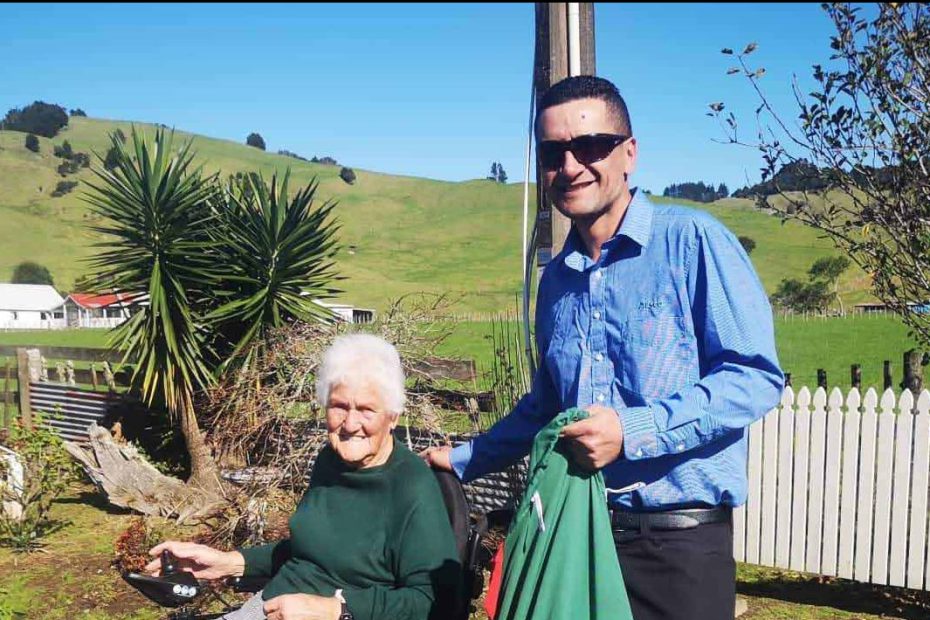Let us say that an empty box falls on your head at your workplace. You are not hurt and people have a laugh.
Tomorrow, a heavy book falls down and really hurts your head. There is nothing funny about that. You are hurt and that could have been prevented. All that is left to do is to reach for your Alsco First Aid Kit and take care of your injury.
Who is responsible for your injury? The person who put it there? You – for not being careful? Somebody else? The responsibility is shared.
Every business needs to comply with Health and Safety at Work Act from 2015. It lists step by step guides on how to prevent injuries from taking place. Falling objects are one of those threats that need to be prevented.
People Responsible for Your Safety
Of course, you need to take care of your safety. However, if you are at your workplace, there are others that share that responsibility with you. Health and Safety at Work Act recognises following people as duty holders:
- PCBU
- Officer
- Worker
- Other persons at the workplace
PCBU is the ‘person conducting business or undertaking’. It can be an organisation or an individual and they have the primary duty of care.
This means that they need to make sure the health and safety of the employees are not put at risk at their workplace. Of course, it is their responsibility to ensure this as long as it is reasonably practicable.
The Officer is usually a company director. It is a person who has control or significant influence over the management. Their duty is to make sure that PCBU enforces all the safety measures.
Workers and other persons at a workplace are not without their responsibilities when it comes to health and safety. They need to do take care of themselves and everyone around them when performing their work.
Prevention Steps a PCBU Needs to Take
The main responsibility for the safety of the employees falls upon the PCBU. There are several steps that he needs to take to prevent accidents, including the injuries by falling objects. The first is to eliminate the risk and if that is not possible, then to minimise it.
For example, let us say that you work in a warehouse and there are many heavy boxes stored. Eliminating the risk from one of those boxes falling on you would be – storing them on the ground.
Minimising the risk, on the other hand, can be done in several ways.
- Substitution – replacing the hazard with something of lesser risk. In the case of warehouse boxes, it could mean packing stuff in smaller boxes or placing them on lower shelves.
- Isolation – preventing people from getting in touch with the hazard. In this example, this would mean limiting the access to the areas below the boxes.
- Engineering control measures – coming up with physical control measures, including processes or mechanical devices. For example, placing strong bars that keep the boxes from falling.
- Administrative control measures – these are all work processes and procedures that are not managed by engineering or wearing PPE. In this example, it could be introducing all warehouse workers with a guide about how to store and handle boxes safely.
- Using Personal Protective Equipment (PPE) – the name says it all. In the case of warehouse boxes, it would mean wearing a protective helmet.
When it comes to threat of falling objects, HSW Act requires from your PCBU to try and do the following:
- Prevent objects from falling
- If that is impossible, arrest the freefall
- If even that is impossible, introduce a ‘no-go’ zone
How To Prevent the Objects from Falling?
Nobody can have full control over every little thing that happens at the workplace. Accidents always happen. Gravity will do its thing and some of those tools will fall down from the scaffolds.
Your PCBU should do everything that is reasonably practicable to keep those falling objects from hurting you.
- All the objects and tools at heights need to be secured, tied down or put away from the edges.
- Ensuring safe ways of raising and lowering the objects
- Arresting the fall by providing safety nets, covering pedestrian walks and providing overhead protection
How to Protect People Around You
Some people work at heights and they need to be trained on safety measures. In that way, they will know how to protect their coworkers and themselves. Safety measures include:
- Keeping everything away from edges
- Securing tools and materials and fixating them
- Keeping the work area clean and tidy
- Using chutes to place debris into the skip area which needs to be below
If you are moving a load from one place to another, make sure that you take care of the following:
- Secure and balance load before lifting it
- Take into account the weight and the external factors like wind
- Make sure that the equipment that you use is fully operational
- Establish a ‘no-go’ zone while you move the objects
Worst Case Scenario: Someone Got Hurt
Even if everybody is being very careful, somebody might get hurt. In that case, you need to have your First Aid Kit ready. Moreover, it needs to be compliant to all the legal requirements.
Your First Aid Kit needs to be positioned near the places where is more likely for accidents to occur. If your workplace includes some potential risks, there should be a trained first aider among your employees.
Having a proper First Aid Kit that is always up to date and fully stocked is somewhat challenging. Replacing the items from it can slip your mind. However, if a falling object hurts somebody, you need to know that your Kit contains all you need for dressing that wound.
Don’t allow yourself to be caught unprepared. Contact Alsco and they will take care of your First Aid needs. They will rent you a Kit that matches your needs. They will check up on it, restock it and replace it when it reaches its expiry date.
It is much better to rent your First Aid Kit for a very low price than to risk being fined up to $3,000,000 for not being First Aid compliant. Moreover, you cannot put a price on the safety of your employees.
Photo Courtesy: Flickr Image by Orsorama



